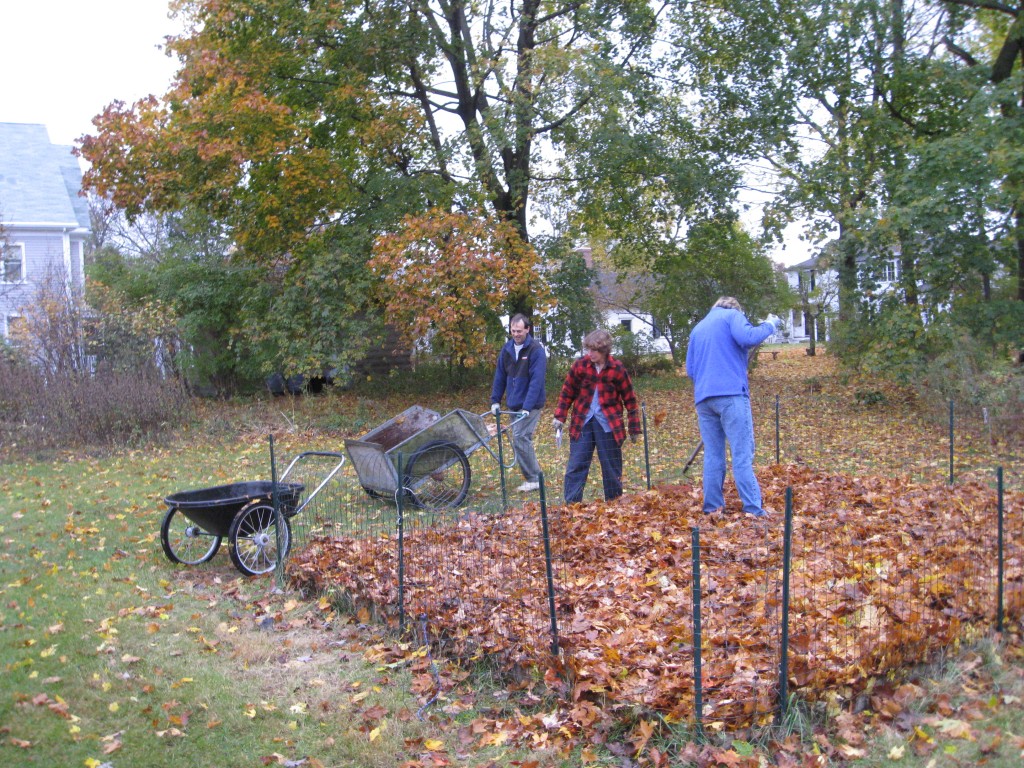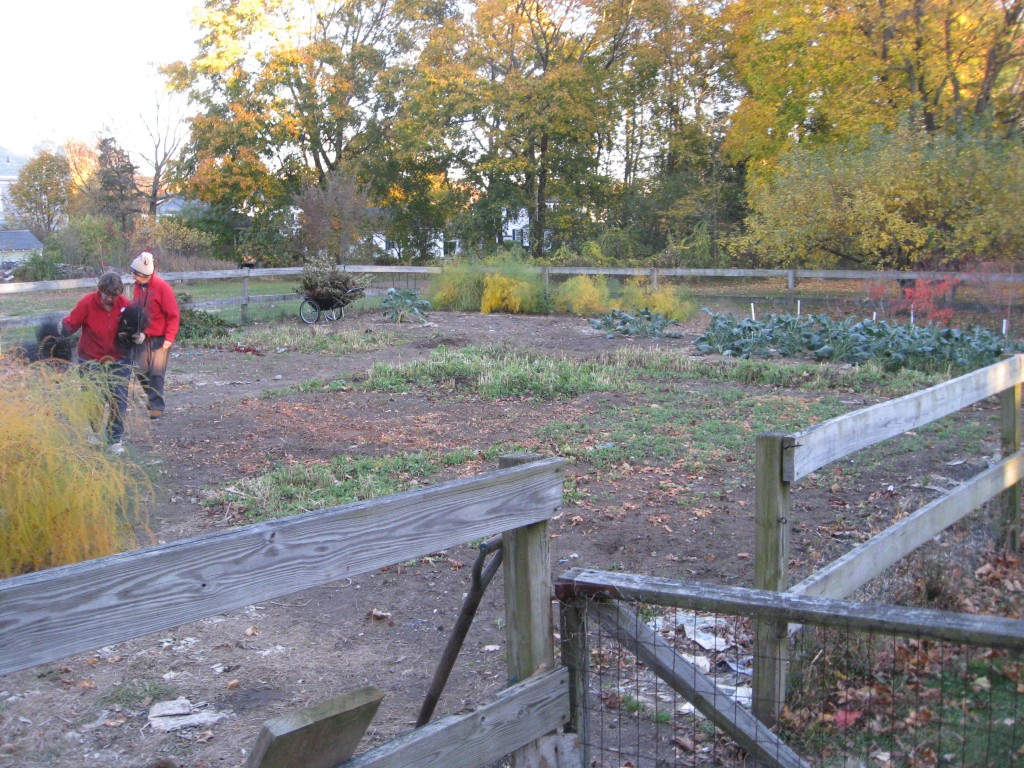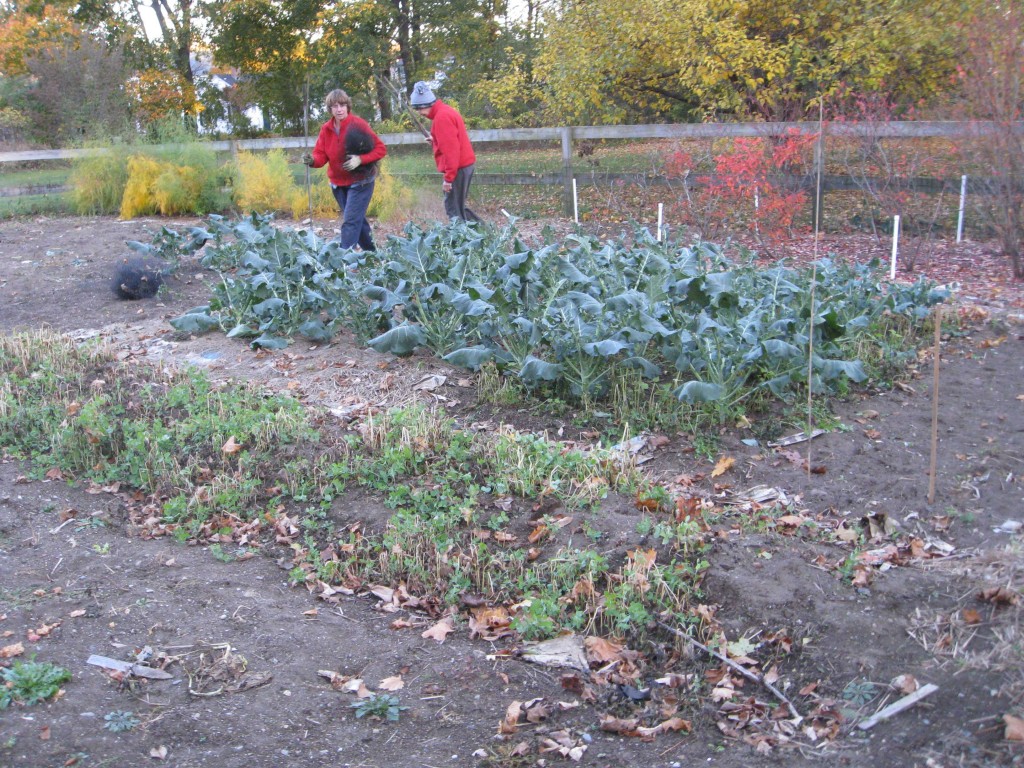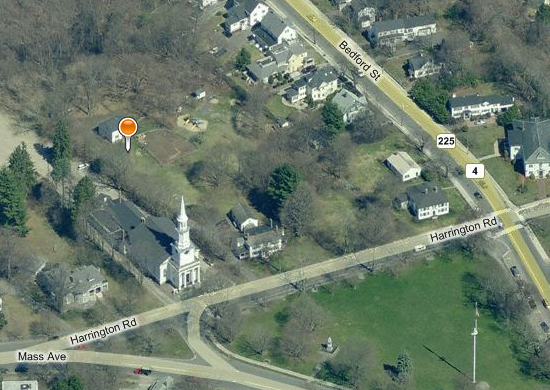Now’s the time of year when prudent green thumbs curl up with their favorite seed catalogs and plan their springtime gardens, selecting from a huge variety of vegetable seeds for sale from an equally large number of seed companies. Many companies commonly offer heirloom and organic seeds, but what sets these varieties apart from the rest?
What makes an heirloom tomato different from a hybrid?
Heirloom versus hybrid seeds
The big difference in vegetable seeds is whether they are heirlooms or hybrids. Heirloom seeds are those that are open-pollinated, and passed down from generation to generation. Seeds from heirloom vegetables are true to type, meaning that you can save the seed from a certain plant and expect to get the same thing when you go ahead and plant those seeds again next season.
Hybrid vegetable seeds are created by artificially crossing two or more varieties of a certain plant. Hybrid vegetables are what one typically sees being sold in the your local grocery store: those rows of bright, uniform tomatoes, carrots, and peppers are probably grown from hybrid seeds.
One big disadvantage with hybrids is that you cannot save the seed: resulting seeds may be either sterile or produce a plant totally unlike its original. Although hybrid plants produce fruit that ripens at the same time and may be more resistant to pests or diseases, they’re not selected for their taste. They are typically selected for appearance and shelf life. Hybrid seeds are typically more expensive than heirlooms, too.
Home gardeners will likely be more satisfied with heirloom vegetable varsities for the flavor they deliver, and the sheer variety of vegetable types that are available. Blue potatoes, purple carrots, and orange tomatoes are not unusual among heirloom varieties. And perhaps best of all is that gardeners can save the seed from their heirloom vegetable plants, and continue to grow them year after year, and pass them on the family and friends well into the future. The same simply cannot be said for hybrids.
To learn more about saving seed and heirloom vegetables, visit Seed Savers Exchange.






